Neck And Shoulder Pain Is Commonly Found With Chronic Muscle Strain
Neck and shoulder pain often involve problems with injuries, degenerative changes or cervical spondylosis, disc damage along with muscle strain can refer pain to these areas in certain patterns. When a pain generator is found like a facet joint syndrome, it can usually be addressed in specific manners. Often, it is difficult to find a specific pain generator and we call that non-specific pain syndromes.
Often complaints of chronic neck and shoulder pain is multifactoral, with poor posture and ergonomics being the underlying factors. In particular strain of two particular muscles that connect the neck and shoulder are areas of focus in neck/shoulder pain. The first muscle is the levator scapula which uses the neck as a base to raise the shoulder from the back. This muscle is discussed in detail under causes of a stiff neck.
The other muscle which commonly causes neck shoulder pain is the Trapezius. This is a complex muscle often called “The Coat Hanger” which can also cause pain into the head and at the base of the skull. We also discuss problems with this muscle in areas of neck strain. It is an important muscle and chronic strain can lead to a condition called trapezius myalgia. This just means pain in the trapezius muscle, but it is particularly vulnerable to stress.
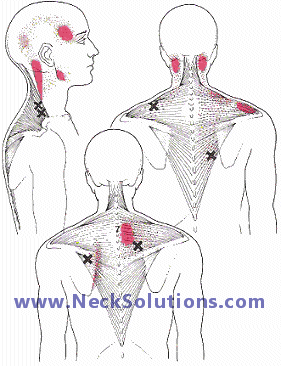 The areas marked by an “X” are the main points of strain and the red areas show pain patterns that result.
The areas marked by an “X” are the main points of strain and the red areas show pain patterns that result.
Common causes are from stress of constant, chronic elevation of the shoulders as in holding a phone without proper elbow support or sitting in a chair without proper armrests. Other causes are injury to the joints from a side to side force and long term or chronic compression of the muscle as with tight bra straps or a heavy coat that does not fit right. Other less common causes are skeletal variations such as a short leg, pelvis or arms.
Treatment of the muscle itself should be directed at the “x” and often responds well to heat and massage. A hot shower works great or there are a variety of special heat wraps and pads which provide moist or even infrared heat to the neck and shoulders.
This is a particularly difficult muscle to reach so reaching it for effective treatment can be difficult on your own. It has often been recommended to use a tennis ball while lying on your back to apply compression, however, special ergonomic tools for compression, massage and topical applications are one of the best ways to approach this as well as other neck and shoulder muscles.
As a part of treatment, in addition to correcting any postural problems and incorporating exercises for therapy, I also like to demonstrate a nice stretch to mobilize the middle and lower part of the trapezius, especially for inactive people or if you sit at a computer all day.
 |
 |
 |
| Lie on your back and place elbows, forearms and palms of hands together in front of your chest. Keep the elbows held as close as possible while you raise the arms over your face. | ||
 |
 |
|
| Then drop the arms to the floor. Keep the back of the elbows and wrists in contact with the floor and swing the arms down against the sides of the body. Pause and relax while practicing several cycles of breathing exercises and repeat the stretch. | ||
Factors Related To Pain In The Neck & Shoulders
Neck/shoulder pain is very common in the general population. Neck shoulder pain disorders are prevalent among both women and men. Work related factors, both of physical and social origin, as well as lifestyle factors, have been identified as being associated with a high prevalence and incidence of neck and shoulder pain. Repetitive hand and finger movements and monotonous work tasks, awkward postures, duration of sitting and twisting and bending of the trunk, adverse psychosocial conditions at work, and smoking are examples of such proposed factors.
There is an association with initiating therapy with physical factors along with psychological and social factors in a working environment. Increasing neck & shoulder pain corresponds to increased number of years working at a certain job is noted with sewing machine workers, assembly workers, and secretaries indicating a dose related response of exposure in these type of working conditions. The prevalence of neck problems increases with amount of hours in a day with computer use and amount of time with shoulders raised.
- A 2017 study in the Journal of Occupational and Environmental Medicine indicates that the long term prognosis for those with neck/shoulder pain is not good, especially in those with jobs that stress the area. A 2017 study in the journal PLoS One finds that work that involves eye strain can not only cause eye discomfort, but neck/shoulder discomfort as well. The authors noted an increase in internal eye discomfort corresponded with increased development of neck/shoulder discomfort over time. Because moderate musculoskeletal symptoms are risk factors for more severe symptoms, it is important to address these issues as soon as possible.
The increasing visual demands from use of computers, tablets and smartphones, for both leisure and work has led to eye discomfort, fatigue, strain, burning, tired, double and blurred vision and red, irritated eyes in addition to the neck/shoulder pain. Common factors like awkward postures, prolonged sitting, repetitive tasks (e.g., working with a keyboard and/or mouse), and static muscle activity are related.
Cumulative trauma of the areas is not very well understood. Due to physical exposure, an increase in muscle activity may start a cycle of muscle pain in working environments consisting of repetitive tasks and awkward working positions. It is possible that muscles first used in a contraction are the last to achieve relaxation because of this increase in activity. Overuse of the muscles can cause pain and chronic fibrosis (scar tissue) leading to inflammation and altered patterns of motion. The lack of ability to relax the neck and shoulders, even at rest, can predict trapezius myalgia and may additionally relate to a tension syndrome of the neck.
Short term exposure to work above shoulder level, frequent bending and twisting at work and lifting heavy loads produced higher relative risks of neck with shoulder pain.
Sitting work for more than 95% of the working day has been identified as a risk factor for neck pain. The risk of seeking care for neck or shoulder pain is nearly double among those who perceived an increase in workload. Long term exposure to hindrance at work, an increase of exposure to reduced opportunities to acquire or use new knowledge, or lack of opportunity to participate in planning of the work are associated with seeking care because of neck with shoulder pain. It has been found that psychological stress may result in muscle contractions.
The experience of being affected by changes without being able to influence anything, or seeing how skills that used to be of importance lose their relevance, seems to be associated with seeking care. It seems that for the few people for whom work has become more demanding, the risk of developing neck & shoulder pain has also increased.
Neck or shoulder pain is more common among women and is associated with a combination of physical and psychosocial factors, both at work and in the family setting. Among women, an increased amount of computer work, work in a seated position, work above shoulder level, and reduced opportunities to acquire new knowledge, and among men, an increased amount of prolonged sitting at work were associated with neck/shoulder pain. It is important to check out tips for correct posture when sitting at the computer.
Shoulder and neck symptoms have been linked to jobs with highly repetitive work, static work, and work above shoulder level. However, this mechanical exposure explains only part of these complaints. The role of psychosocial factors in the workplace has therefore received increasing attention. On the job pressure, monotonous work, and a high perceived workload have also been associated with neck shoulder pain just as much as working situations characterized by high psychological demands, low decision latitude, and low social support.
Mechanical exposure for men and job strain (the combination of high job demands and low job decision latitude) for women are factors most strongly associated with a higher risk for developing shoulder and neck pain. So, seeking solutions beyond the purely physical is important. While the problem may be physical, the addition of psychological stress perpetuates or even increases symptoms, tipping the balance from moderate to more severe levels of pain.
- A 2019 study in the journal BMJ Open indicates the more severe pain leads to increased sick leave and decreased work ability. The more chronic or persistent neck shoulder pain leads to increased pain severity. It is important to address these issues expeditiously and efficiently. The authors conclude, “Preventive strategies aiming at reducing severe persistent NSP [neck/shoulder pain] among working populations are needed.
- A 2020 study in Scientific Reports found among hospital workers, neck and/or shoulder pain was significantly associated with employment position related factors, working long work hours per week, and ergonomic factors like bending the neck forward or twisting for long periods of time and prolonged computer use.
- A 2021 Review in the Journal of Clinical Medicine found for chronic neck/shoulder pain, specific neck exercises are more effective than non specific in the long term.
- A 2021 study in Spine found that neuropathic pain was identified in 46% of middle aged and elderly adults suffering from neck/shoulder pain and was associated with poor health related quality of life.
Neuropathic Pain is commonly seen with spinal nerve compression or inflammation and the symptoms can be a “pins and needles” feeling, shooting, stabbing, burning, numbness, tingling or electric shock like pain. This can be seen with herniated discs or degenerative factors placing pressure on a nerve like cervical radiculopathy.
For persistent problems, one should seek a health care professional to make sure that the main problem is not with the shoulder itself. Often, shoulder issues like rotator cuff tears can refer pain to the neck.

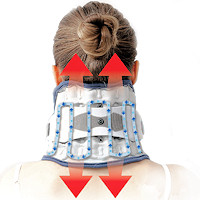 Neck Traction Devices
Neck Traction Devices Cervical Pillows
Cervical Pillows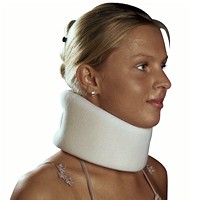 Neck Support Collars
Neck Support Collars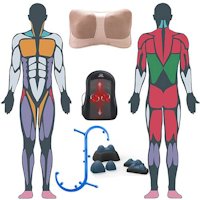 Muscle Therapy Tools
Muscle Therapy Tools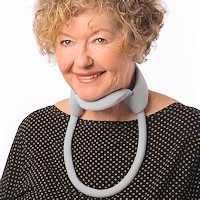 Head Supports
Head Supports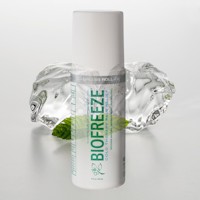 Topical Pain Relievers
Topical Pain Relievers Special Pillows
Special Pillows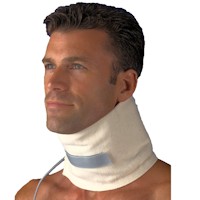 Heat Therapy
Heat Therapy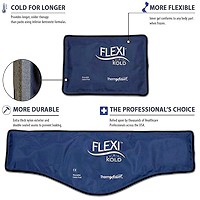 Cold Therapy
Cold Therapy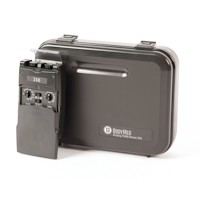 TENS Therapy
TENS Therapy Posture Braces
Posture Braces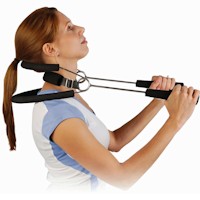 Neck Stabilization
Neck Stabilization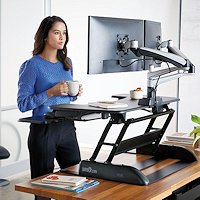 Ergonomic Aids
Ergonomic Aids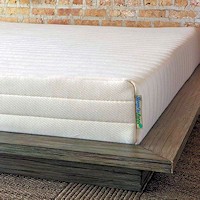 New Mattresses
New Mattresses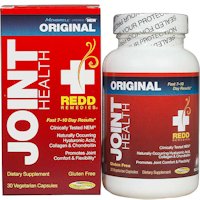 Relief Supplements
Relief Supplements